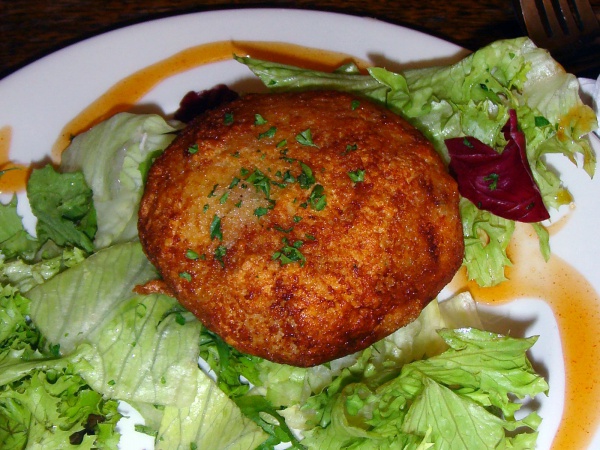Facts About Fishcake
Fishcakes are a delectable dish crafted from minced or ground fish or seafood, combined with a starchy ingredient, and then fried to perfection. The ingredients and preparation methods can vary widely depending on the region.
In Asian cuisine, fishcakes generally contain fish, salt, water, flour, and egg. Contrastingly, European-style fishcakes resemble croquettes and typically feature a blend of fish or seafood with a potato patty. Originally conceived as a resourceful way to utilize leftovers, fishcakes have evolved, with contemporary recipes incorporating smoked salmon and an array of vegetables.
The history of fishcakes is rich and multifaceted, with ancient roots in China and modern adaptations in Korea. Each region boasts its own unique approach to making fishcakes, using various types of fish, seasonings, and cooking methods. For instance, in Bermuda, fishcakes are a cherished Easter delicacy, while in Newfoundland and Labrador, they blend salted cod flakes with mashed potatoes. Danish fishcakes are pan-fried patties, and in Japan, they use surimi paste, which may be either boiled or fried.
Nutritionally, fishcakes are a wholesome option as they are high in protein and calcium, and generally low in fat. However, the exact nutritional content can vary depending on the local ingredients and preparation methods. Fishcakes are enjoyed globally in varied ways—whether pan-fried in North America or boiled in soups in Asia.
The production process of fishcakes involves grinding the fish meat, mixing it with other ingredients, shaping it, and then cooking it to ensure optimal flavor and freshness. They are commonly available in fish markets and are typically packaged in water-filled bags to maintain their freshness. The packaging usually includes essential information such as the product name, allergen details, and pricing.

 Germany
Germany